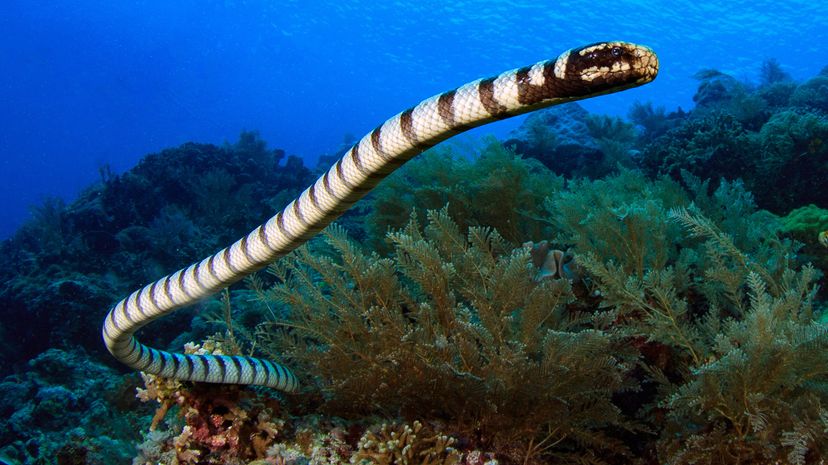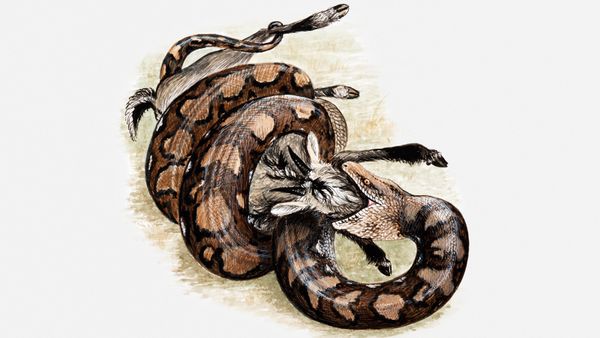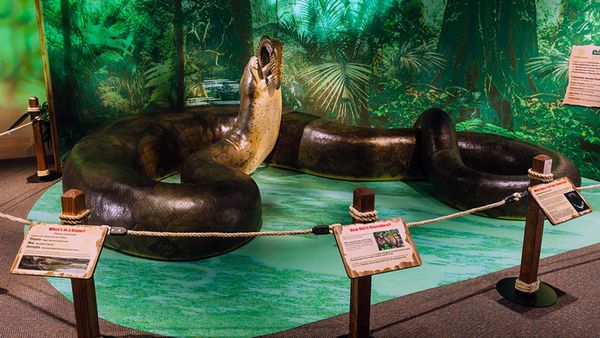Many claims surround the aquatic snake's massive appetite, particularly its affinity for ingesting whales. This hypothesis is based on several aspects of its existence and the different species in its environment.
One major factor in driving this claim is its formidable size. Being one of the largest known sea snakes implies a capability to hunt larger prey.
Then there's its home base. During the Eocene epoch, this snake shared its marine habitat with early forms of whales, which were generally smaller than its modern relatives and belonged to different species.
These early, smaller whale species could have been suitable prey for a large predator like Palaeophis colossaeus. Drawing parallels with modern large marine predators further supports the hypothesis that the aquatic predator might have included these smaller whale species in its diet.
For example, in modern oceans, large predators like great white sharks or orcas are known to hunt smaller marine mammals, including seals or even smaller whale species. So if larger marine predators often target sizable, nutritious prey that are smaller than themselves, it's possible that Palaeophis colossaeus did the same.
Diet
So what do we know about the feeding habits of this serpent?
Unfortunately, nothing concrete. The diet of the prehistoric giant sea snake is intriguing due to the absence of cranial fossils that would reveal the size of its mouth. Scientists explore this mystery by examining the skulls of related species.
Some have less kinetic skulls with elongated bones, suggesting a large gape for consuming big prey. Others, with more kinetic skulls, could eat even larger food.
However, the variety of these related species makes it difficult to draw definite conclusions about the sea snake's diet. Depending on the environment, its feeding habits could have ranged from fish and small crocodilians to turtles, mammals or small whales.
The snake's size would have deterred most predators, leaving only large dyrosaurids and sharks as potential threats.



